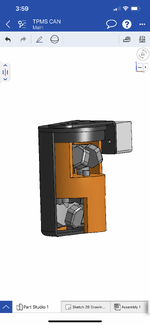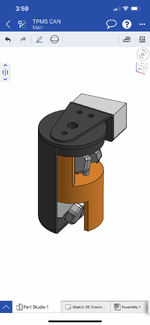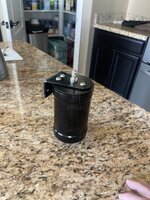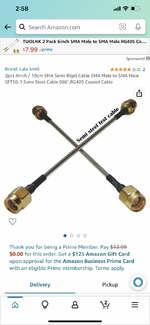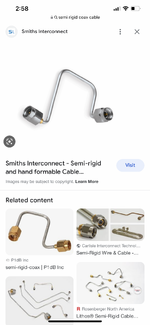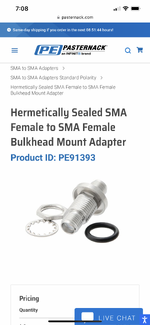Gersh42
Newbie
Hello I am brand new to the form and please excuse my ignorance, but I know very very little on this topic.
I have a 2007 Corvette with a tire pressure monitoring system, the frequency of the sensors are 315 MHz. I have installed a set of drag racing wheels and tires that are not compatible with the factory sensors. Unfortunately, the ECU needs to see a safe tire pressure to keep the traction control from coming on.
My solution was to machine a pressure canister that would house all for TPMS sensors and trick the computer (it’s been done plenty times before by others) my fatal design flaw is I made my canister out of 6061 aluminum and that is blocking the signal. Currently, I made a temporary canister out of ABS and everything is working and the car is “happy”. I would prefer to use the nice aluminum version, I went to a lot of trouble and expense.
Is there any way that antenna could be added in order to allow the radio frequency to pass by the aluminum canister walls?
Thank you for any help
I have a 2007 Corvette with a tire pressure monitoring system, the frequency of the sensors are 315 MHz. I have installed a set of drag racing wheels and tires that are not compatible with the factory sensors. Unfortunately, the ECU needs to see a safe tire pressure to keep the traction control from coming on.
My solution was to machine a pressure canister that would house all for TPMS sensors and trick the computer (it’s been done plenty times before by others) my fatal design flaw is I made my canister out of 6061 aluminum and that is blocking the signal. Currently, I made a temporary canister out of ABS and everything is working and the car is “happy”. I would prefer to use the nice aluminum version, I went to a lot of trouble and expense.
Is there any way that antenna could be added in order to allow the radio frequency to pass by the aluminum canister walls?
Thank you for any help
